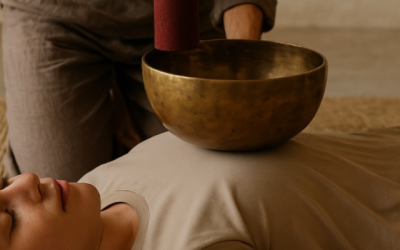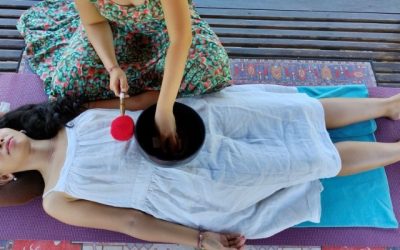Inhale peace. Exhale tension.
It sounds simple—but the way you breathe profoundly shapes how you feel, think, and move through the world.
Most of us breathe unconsciously, often shallowly and through the mouth, especially during stress. But when we shift to conscious breathing—specifically Nose, Light, Slow, Diaphragmatic (NLSD) breathing—we unlock a gateway to emotional regulation, nervous system balance, and inner clarity.
What Is NLSD Breathing?
NLSD stands for:
- Nose breathing: Filters, warms, and humidifies air while activating parasympathetic calm.
- Light breathing: Gentle, quiet breaths that reduce over-oxygenation and support cellular balance. The shoulders remain relaxed and still, allowing the breath to flow effortlessly without upper chest movement.
- Slow breathing: Extends the exhale, calming the heart rate and soothing anxiety.
- Diaphragmatic breathing: Deep belly breaths that engage the diaphragm, not the chest, grounding the body and emotions.
This style of breathing mimics how we breathe in states of rest, safety, and presence. It’s the breath of a relaxed child, a meditating monk, or someone deeply attuned to nature.
Emotional Benefits of NLSD Breathing
Practicing NLSD breathing regularly can:
- Reduce anxiety and emotional overwhelm
- Improve sleep and digestion
- Enhance focus and mental clarity
- Support trauma release and emotional integration
- Cultivate a sense of grounded embodiment
It’s not just about oxygen—it’s about rhythm, intention, and connection to your inner landscape.
The Power of Breath + Sound
When NLSD breathing is paired with Tibetan singing bowls, the effects deepen. These ancient instruments emit harmonic frequencies that resonate with the body’s energy centers, helping to:
- Synchronize brainwaves into meditative states
- Release energetic blockages
- Amplify emotional release and inner peace
- Create a cocoon of vibrational healing
The breath becomes the carrier of sound. The sound becomes the mirror of breath. Together, they form a potent ritual for emotional recalibration.
How to Practice NLSD Breathing
Here’s a simple ritual you can try:
- Find a quiet space and sit or lie down comfortably.
- Close your mouth and begin breathing gently through your nose.
- Slow the breath—inhale for 4 counts, exhale for 6.
- Feel your belly rise and fall, letting the diaphragm lead. Imagine your belly as a soft balloon—gently expanding with each inhale, and softly deflating with each exhale.
- Keep the breath light and quiet, like a whisper.
- If available, play Tibetan singing bowls, attend a live session, or explore online soundscapes to enhance the experience. You can listen on platforms like YouTube or Spotify.
Even 5 minutes a day can shift your emotional baseline.
Experience Sound Therapy with Bali Bliss Wellness
If you’re ready to go deeper, we invite you to experience Sound Therapy with Bali Bliss Wellness—a sacred space where NLSD breathing meets the healing resonance of Tibetan bowls.
Let your breath guide you home. Let the sound carry you inward.
Book your session today and begin your journey toward emotional harmony and embodied wellness.




